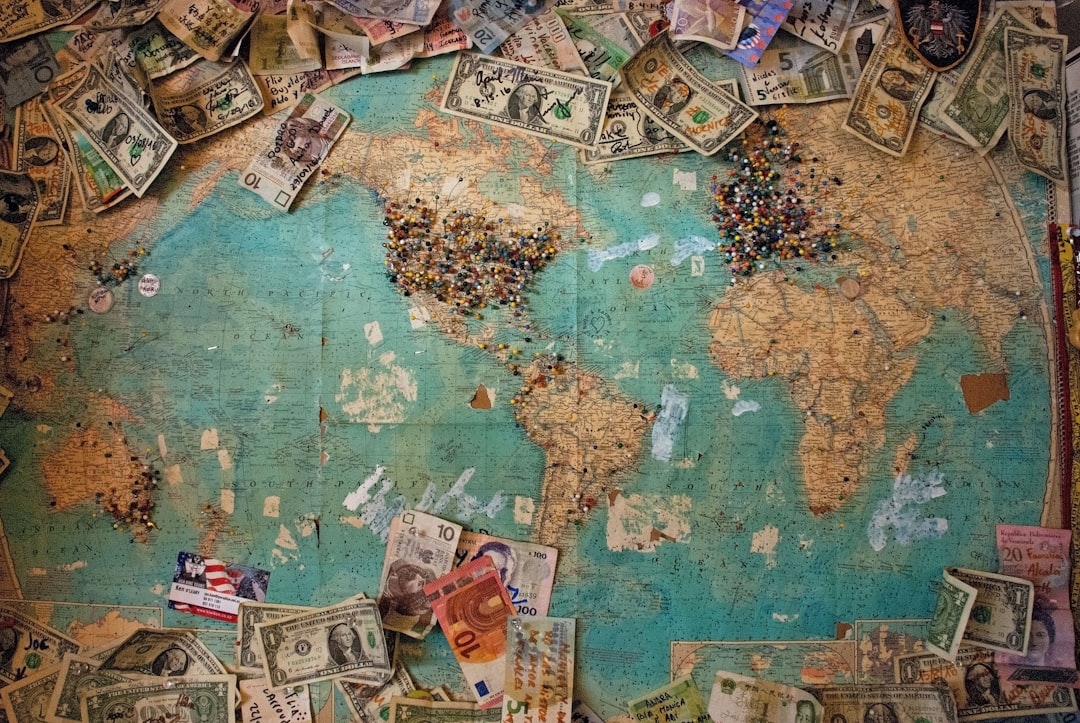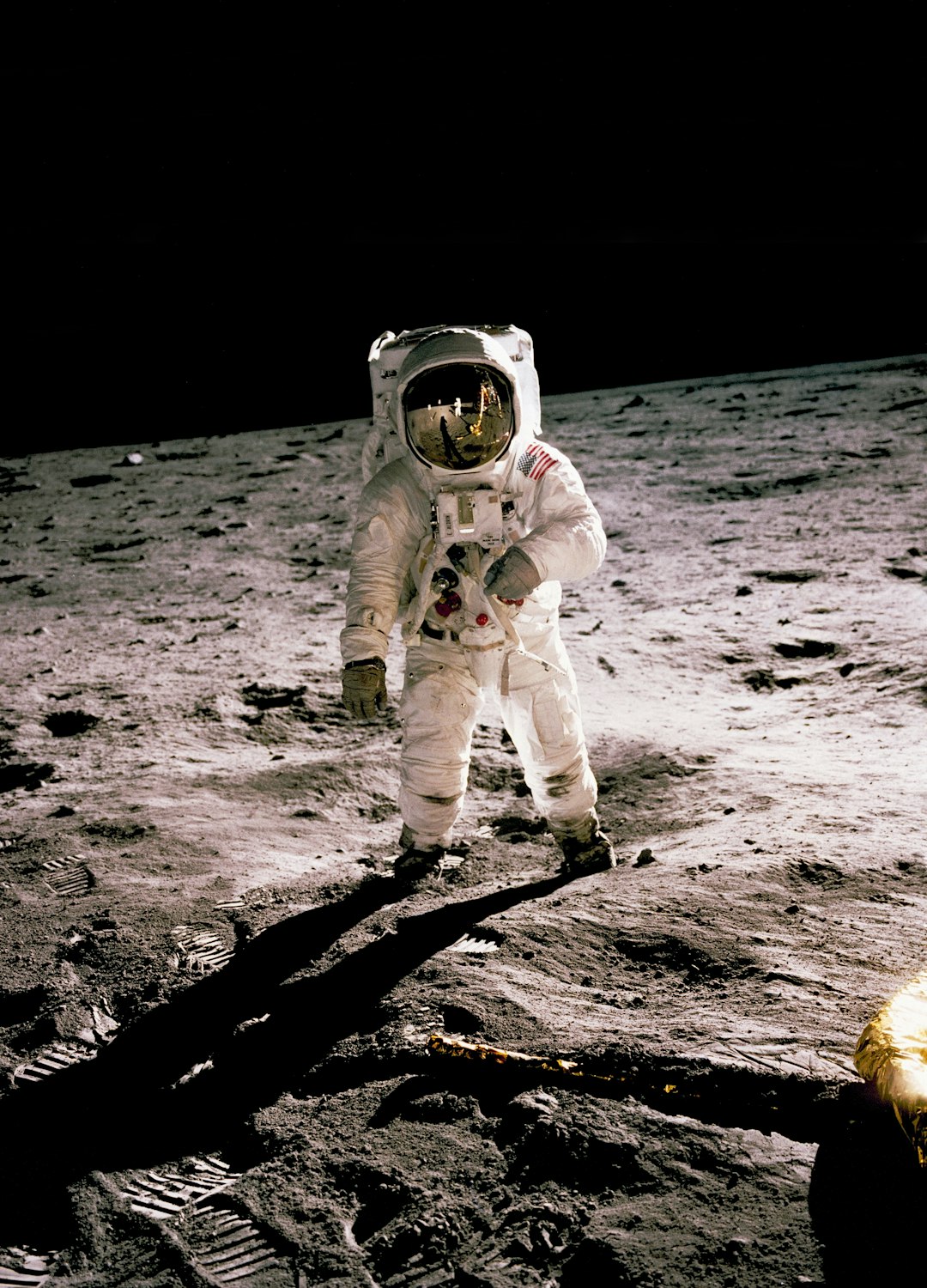Cast your eyes upwards. No, not the ceiling. Further. Through the beams, or the floor of the flat above. Get onto the roof if you can, or poke your head out of the skylight or the nearest window. Can you see the stars? If you can't because of that dratted pollution, you may just have to squeeze some stars out of your imagination.
The universe holds infinite wonder and eternal fascination for us dreamers on Earth.
Carl Sagan describes the first image of a distant Earth floating in Space:
"That's here. That's home. That's us. On it everyone you love, everyone you know, everyone you ever heard of, every human being who ever was, lived out their lives. The aggregate of our joy and suffering, thousands of confident religions, ideologies, and economic doctrines, every hunter and forager, every hero and coward, every creator and destroyer, every king and peasant… every saint and sinner in the history of our species lived there – on a mote of dust suspended in a sunbeam."
From astrologers, lonely stargazers, or professional astrophysicists – it's all about Space.
It all began with Sputnik.
On October 4, 1957, the Union of Soviet Socialist Republics (U.S.S.R.) launched an artificial satellite to begin its inaugural journey orbiting the Earth. Sputnik was born, and the story of human space exploration began. The same year, Laika, the dog from the U.S.S.R., was sent to the orbit. She never returned, and by modern standards, this would have been deemed criminal animal cruelty. Twelve years later, Neil Armstrong, Buzz Aldrin, and Michael Collins stepped upon the Moon – small steps for them, "but a leap for mankind."
1971 saw the first space station: Salyut 1 – one point to the U.S.S.R. The United States returned the volley with the first photograph of Venus from Space taken by the Mariner 10. The timeline sees historical events by the U.S.S.R., then back the U.S.A. Russia takes over, denoting the dissolution of the Soviet Union.
P.S: If history floats your boat, you'll love the story of Spaceflight.
The "Race to Space" is just that. Each step is a glorious victory in a geopolitical battle for control as the Earth strikes out.
Elon Musk with his Starlink and SpaceX marks the first time a non-governmental company made tracks into Space. Today, we are all abuzz about moving to Mars or going on vacation to Space.
Have we gone too far?
Countries around the world are pouring resources into sending rovers to the Moon to look for valuable minerals like copper, platinum and uranium. Should we let Donald Trump mine the Moon?
There is an argument that space exploration and research is a loss of billions of dollars, which could be better directed to more pressing needs. 10,000 children die of hunger every day. The current COVID-19 pandemic has cost the loss of 42 million jobs in the United States alone, and many predict a global recession that could last a decade.
As the world heads towards a potential economic depression, can we afford to send rockets into Space? Until we have no children dying of starvation, can we ever justify directing billions of taxpayer money into exploring other planets?
It's a complex argument. Let's look at the debate and examine both sides of this gleaming and complex coin.
Space is a waste of money.
National economies are collapsing like a game of grim global dominoes. Space research costs an astronomical – pun intended – sum of money, and perhaps it is not justified in the current financial climate.
To send a single shuttle into space costs around 500 million dollars. Space missions are dangerous, both in the short and long term. When Challenger exploded in 1986, all seven astronauts on board were killed. Astronauts who make it home often suffer physiological damage for years to come.
Ever wondered what happens to the human body in Space?.
What about unmanned probes?
Sure, these are cheaper and pose no risk to human life. Without the human ability to problem solve and analyze the unknown, unmanned probes will always underperform. They can't think laterally, change their route when confronted with a problem unfamiliar to its programming, or be curious about a distant glimmer on their journey that could be worth exploring.
Take the Mars Climate Orbiter, for example. This was going to revolutionize our understanding of Mars, and forever change the history of space exploration. It received incorrect landing coordinates and exploded on arrival. It cost over 120 million dollars.
Our earthly plate is full enough as it is. We have an ongoing pandemic, a global warming crisis that is not going anywhere, and the Amazon rainforest is disappearing by the day. The Democratic Republic of the Congo has been devastated by a deadly pneumonic plague, a resurgeanuce of Ebola, and an ongoing civil war. In this year alone.
Space trash
Not only is space exploration expensive, but it also leaves an ugly footprint. To date, over 500,000 objects of space rubbish drift along after 50 years of humans in Space. The debris created by man's astronaut boot in Space will have to float around in the atmosphere until it burns up. The more trash we leave, the more dangerous each mission becomes with more potential items to collide with the next shuttle.
Save our Planet before we explore new ones.
Environmental protection should be the number one priority. If we were to redirect all the money currently poured into space research and exploration into environmental programs, real change could come. Every year, an area of land the size of England turns to desert due to humanity's destruction of the ozone layer and the environment.
The population of the black rhino has decreased from around 70,000 in the 1970's to around 6000 today. Soon, we may no longer be able to see one of these noble creatures ever again.
Governments and N.G.O.S. worldwide should join forces, collate resources and funding and approach the problem of the environment as a united front. China stopped the rain from falling over the opening and closing ceremonies of the Olympics. That technology could be better used elsewhere.
The global population could rise to 10 billion in the next ten or twenty years. The only way to feed such a vast population will be by redirecting rain to grow enough food. That requires considerably more resources – and more money. Mankind, the flora, and fauna of this Earth and the Planet we call home, are hurting. Look after them first.
Space missions are for Earth
Hang on a mo – we are going into Space to SAVE Planet Earth.
Why do you think we are sending robots, rovers, and people into Space? The exploration of the deep unknown is to aid mankind – not abet our brothers and sisters here on Earth.
Space exploration is surprisingly low budget. Last year, N.A.S.A. announced it would direct 1.6 billion dollars into sending astronauts to the International Space Station. The same cost as a recent legal battle with Barclays Bank.
We are heading towards a global recession…exactly when investment into technology and new infrastructure is needed. Don't bail out banks, send out rockets. Off-earth scientific exploration has geopolitical importance too. Not in the U.S.S.R./China/U.S.A. space race, but by encouraging world governments to come together and form coalitions across borders.
This is a shared space. The 1967 Outer Space Treaty forbids any government from claiming a celestial resource such as the Moon or "owning" any part of Space.
Observatories such as La Silla in Chile or the Hayden Planetarium in New York are cultural melting pots, with engineers, astronomers and space enthusiasts from all over the world to form connections and collaborate. Space exploration encourages countries to work not as individual governments but as a collective human race.
It's not just rocketships.
The International Space Station is more than just firing rockets into Space. Scientists create long-term experiments that span decades. The data collected is used to find sustainable ways to benefit humanity as a whole and protect the Planet through finding resources and locating future threats.
Encouraging innovation
The 100-year Starship Program hopes to create technology to explore space within the next 100 years. Side effects of this primarily space-related program have been discoveries we use here on Earth. Water purification systems, for example! There are immediate and direct earthly benefits to the discoveries astronomers and Space- are making, but the space industry is a massive employer.
N.A.S.A. employs over 18,000 people across the United States. This does not include the many freelancers and specialists also contracted by N.A.S.A. around the world.
It's not just astronauts.
That won't affect you, you say? You'd be surprised! The space industry also requires physicists, personal trainers, psychologists, designers, and event caterers. The ripple effects of one space mission can span multiple industries.
Don't be a dinosaur
Let's say we stop all space funding tomorrow, and turn off the Hubble Telescope and shut down space stations and international observatories around the world. How will we know when the next meteor or asteroid could strike? The Jupiter-Mars asteroid belt could send deadly meteorite strikes to our planets.
What could we learn from tracking and potentially redirecting or preemptively destroying an incoming asteroid? Ask a dinosaur!















